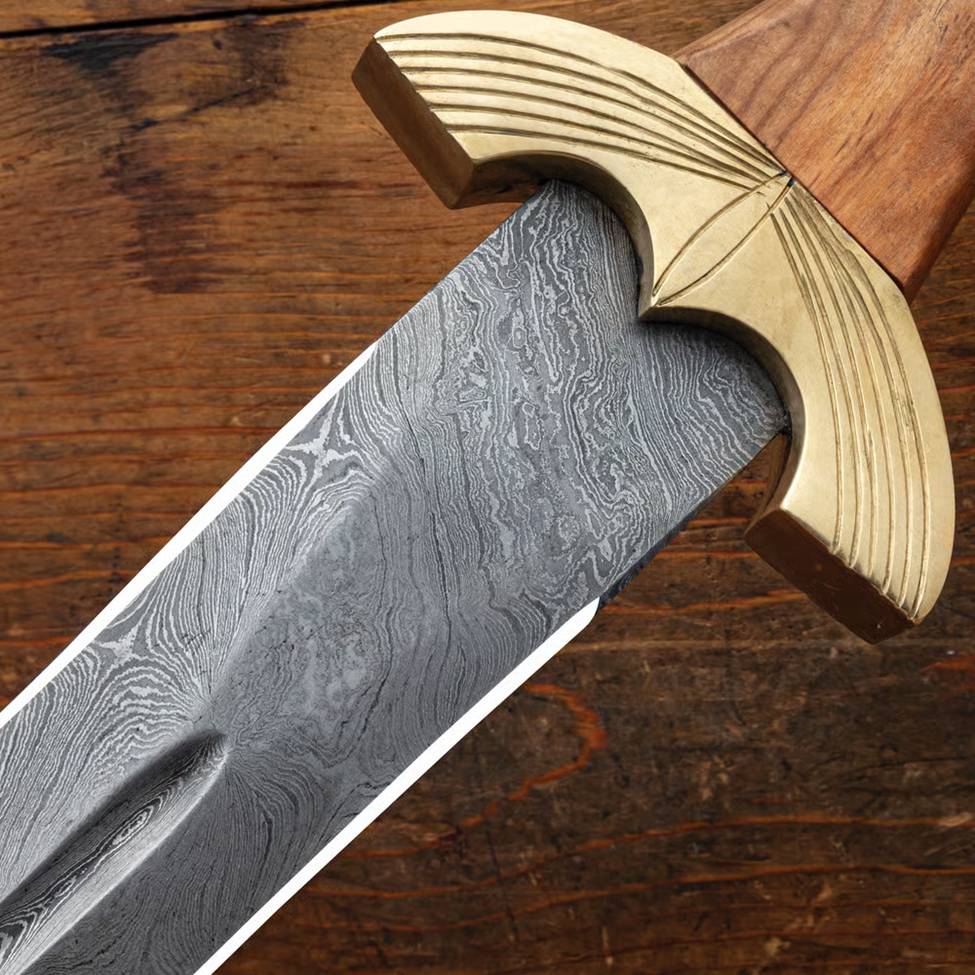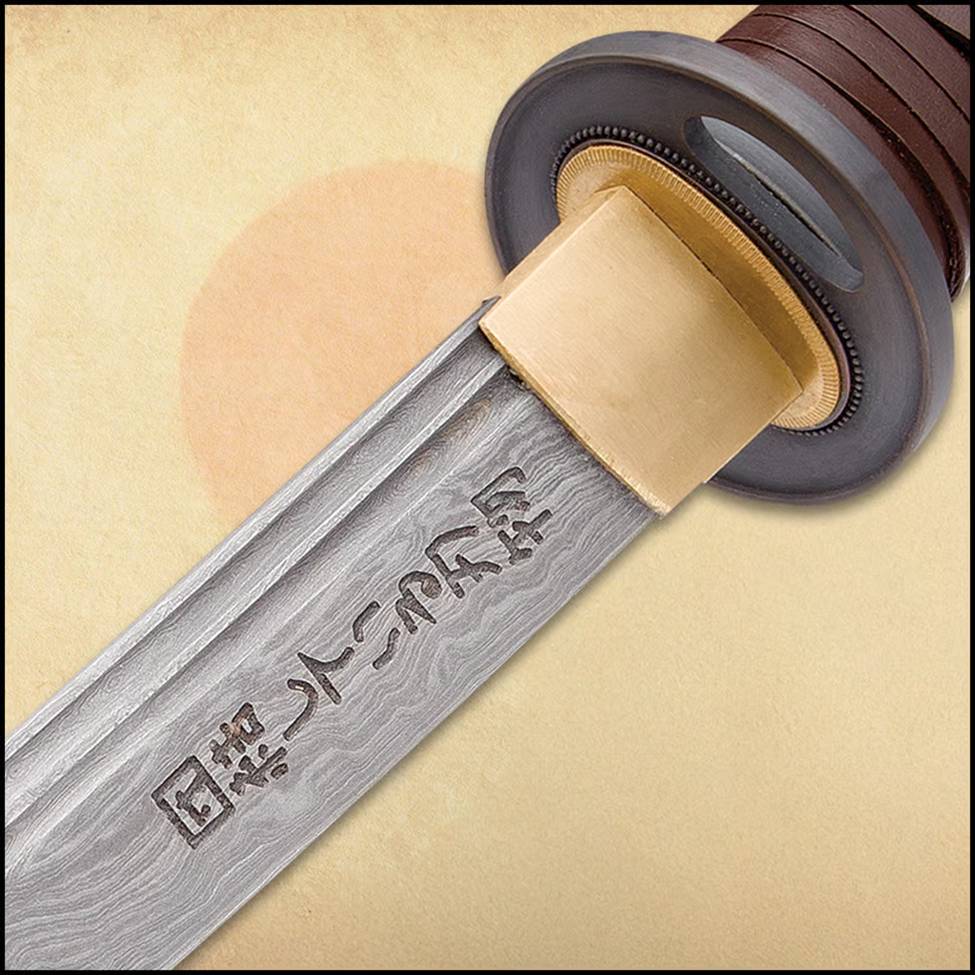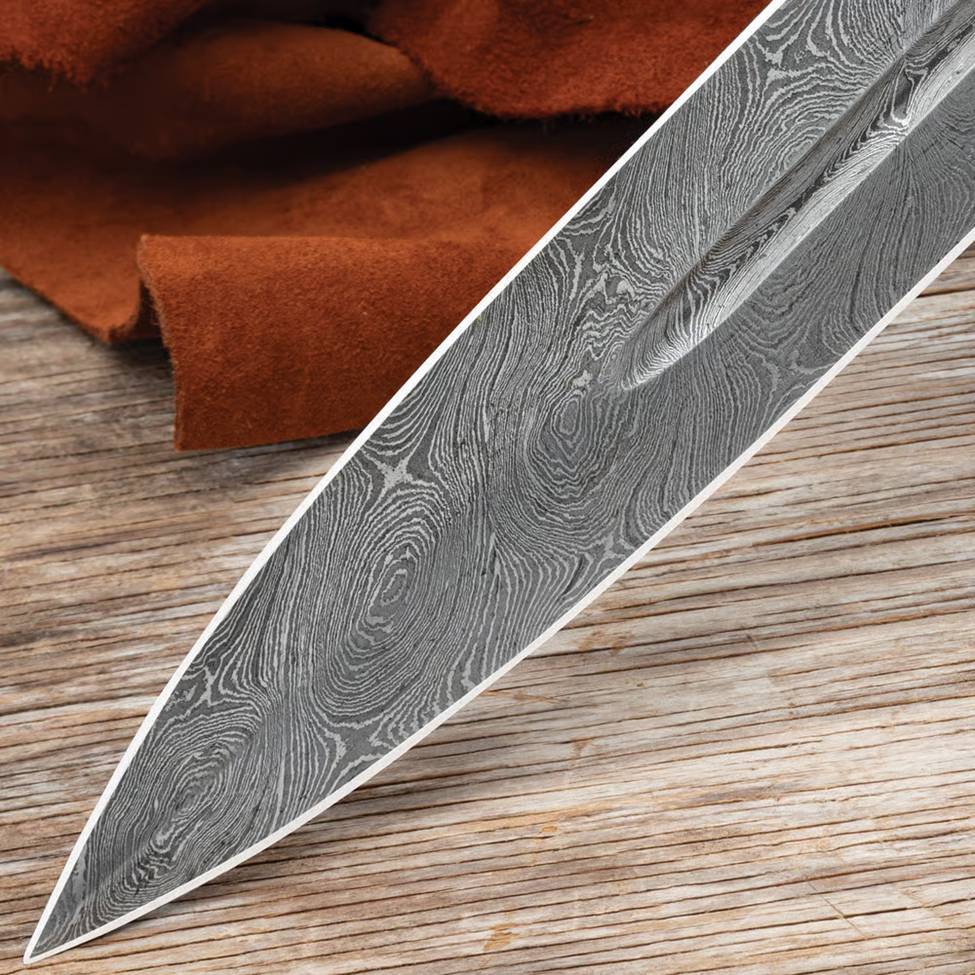Sharp Should a Sword Really Be?


Let’s say you have a real samurai sword - a katana, made with appropriate steel similar to tamahagane, and treated via yaki-ire, or clay tempering, which yields a differential temper along the spine and edge. How sharp should you keep that sword, especially if you use it for live cutting practice?
That Depends on the Sword and Intended Use…
While you might expect a real samurai sword, or a Viking sword, for that matter, to be razor sharp, this might not always be the case. Rather, the sword would be given a grind by the smith that was suitable for the intended application. That might be razor sharp, it might be a saber grind somewhere in the middle, it might be a false edge, or it might have no edge at all. Swords used for demonstration or for show might be made with a razor sharp edge, as, given the proper handling, these would be the most efficient for cutting through targets. A sword intended for battle or other official service might be given an edge that was sharper than a false edge, but not quite razor sharp, for reasons that will be explored more fully in a moment. On the other hand, a sword that was intended to be used solely for training, or one that was intended to be used for ceremonial purposes only, might not be given an edge at all, since sharpening a sword is a time-consuming and expensive process. That’s not to mention that ceremonial swords have no need for a sharp edge.
The Problem of a Razor Sharp Edge
Let’s first dispel the myth that all swords were historically given a razor sharp edge. Take a real samurai sword used for demonstration, for example. While one of these could be sharpened to a razor edge, to the point that it actually would shave hairs, there is also a downside to consider here. Razor edges are very, very fragile, even when fastidiously maintained. One wrong move, contacting the target at the wrong angle, or following through the target and striking something unintended, such as the target stand, could have disastrous consequences. A razor edge could easily be damaged by any of these, and what’s worse, a razor edge is difficult to maintain. Even when made from an excellent steel and properly tempered, a razor edge must constantly be touched up. No sword can hold that for long.
Accounting for the Skill of the Wielder


You also need to consider that the skill of the person wielding the sword is every bit as important, and in some ways significantly more important, than the geometry of the edge. A novice can swing a razor sharp sword and fail to cut through a water bottle, but a skilled swordsman can take a marginal edge and send it through a solid target. A lot of this comes down to if the person swinging the sword knows what he or she is doing - or not. As a result, many swords are not finished with razor sharp edges. This is reserved more for demonstration swords. Many swords are treated with a saber grind, in which there are two primary grinds, and the edge meets at an angle much more obtuse than what would be used in a razor. This results in an edge that, though sharp enough to cut through many types of targets, is also robust enough to withstand hard, heavy, sustained use.
If the Edge Is Too Dull…
It should also be noted that it is entirely possible to finish a sword with an edge that is just too dull for use. One way to tell if a sword’s edge is too dull is that, even if it feels relatively sharp, it fails to cut paper without tearing a ragged edge. Another way to tell that a sword’s edge is too dull is that, even if it (again) feels sharp, it cannot cut through the desired target. Of course, again, some of this comes down to the skill of the wielder and how he or she is swinging the sword.


Explore Real Samurai Swords and Other Battle Ready Swords Here
Ultimately, how sharp you should keep your swords depends on the model and what you will be using it for. If you are cutting rolled, soaked tatami mats with a real samurai sword, you’ll need a sharper edge that you might want on a greatsword, the edge of which will be subjected to much greater forces as a result of the mass of the sword itself. Either way, if you have any questions before you buy a sword, or you want to know more about responsible sword ownership and maintenance, get in touch with us and we would be more than happy to help.